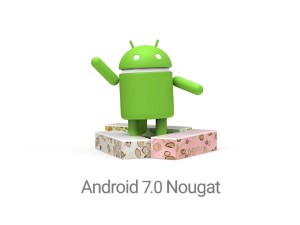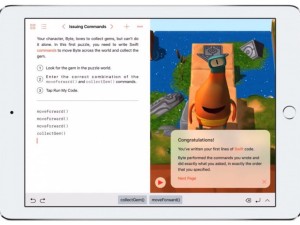
Fidlee.com recently compiled a chart (shown below) to depict the troubling disparity between the reach of iOS and Android software updates, based upon this chart that told pretty much the same story in 2011.
And for key points that couldn’t be represented visually, Fidlee provided additional, interesting data about Android phones:
- 10 of the 16 devices were discontinued less than or equal to a year after release.
- 6 out of 16 devices never ran a current version of Android.
- 4 out of 16 devices stopped getting any updates less than a year after release.
- None of the 12 devices received updates for the entire duration of 2 years after release (excluding the first 4 devices in the chart which are scheduled to receive future updates).
- All 15 devices (Except the Nexus 4 which still has 11 months left for completion of 2 years from release date) were at least 1 major version behind within their two-year contract period.
- 13 out of 15 devices were at least 2 major versions behind within their two-year contract period.
- 8 out of 16 devices were at least 2 major versions behind within one year of their contract period.
- Galaxy Nexus was on the current version of Android for the longest duration of 1 year and 10 months.
Mobile developers have dealt with the arduous task of battling Android fragmentation for years, and although Android has made every effort to enforce compatibility between their releases, thus far the company has not been able to absolve the issue entirely. The fragmentation is a byproduct of Android’s claim to functioning as a free, modifiable operating system – their platforms have held the lion’s share of the market for a while now for exactly this reason – so understanding how to work around the issue is crucial for Android OS developers.
Regardless of why Android is so fragmented, the fact still poses a problem to consumers, who often make long-term commitments to their devices via mobile carrier contracts. Apple is offering things that the Android platform clearly cannot: the security of knowing not only that their devices’ software will remain current for years to come, but that continued support will be available through the duration of each device’s life. Additionally, Android OS developers often target much later versions of the software when devising compatibility with applications, knowing full well that their target market likely isn’t up to speed with their platform, yet.
So if this has been an issue for years (and it has), what has Google done thus far to address it? The Android release of KitKat 4.4 was devised with an ability to run on lower-end software, and while that should help, it’s unlikely that it will – at least not soon, anyway. Considering that, back in May, a whopping 38.4% of Android users were running their devices on a platform that is now three years old, it may be quite sometime before developers can reap the benefits of all that KitKat 4.4 has to offer.






